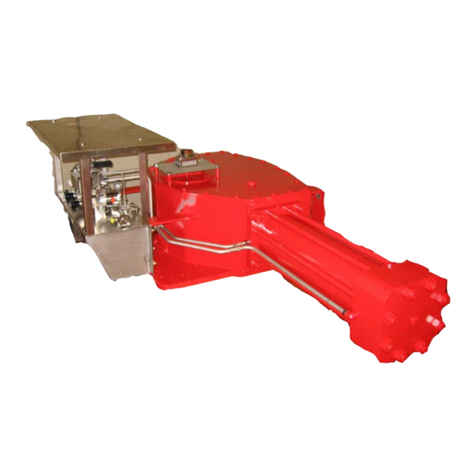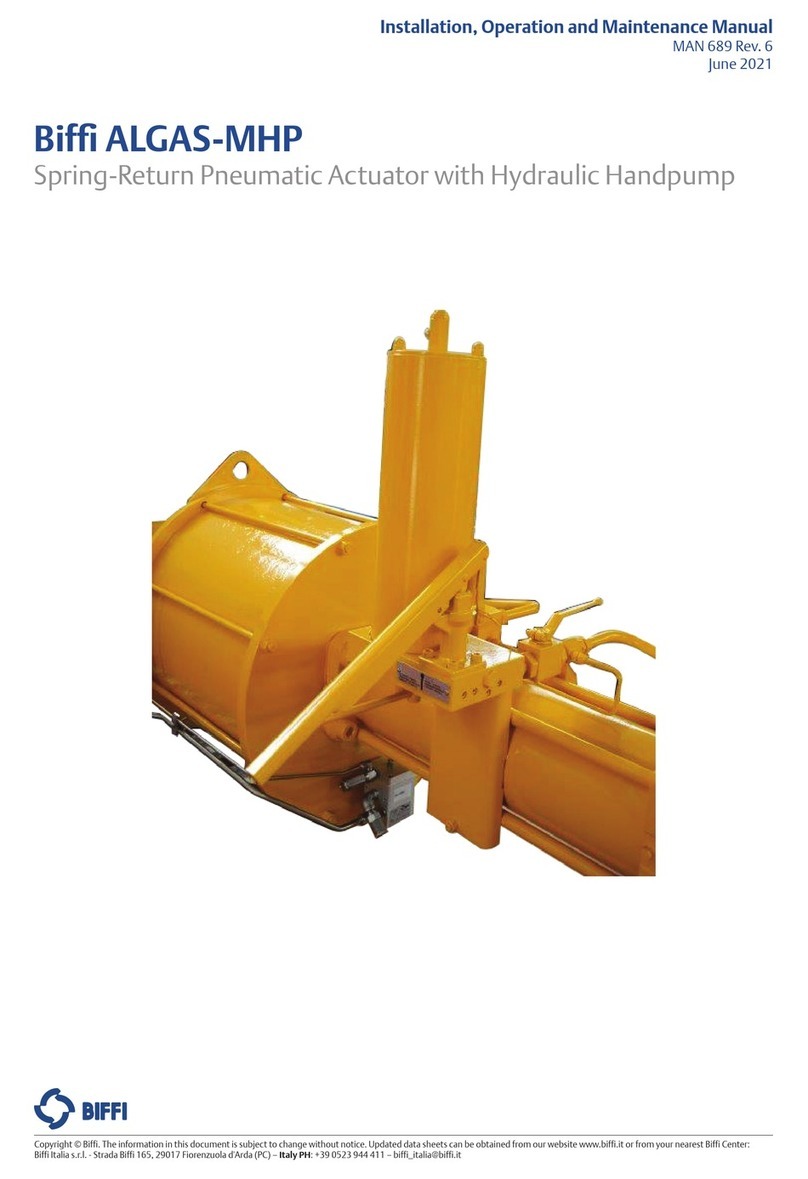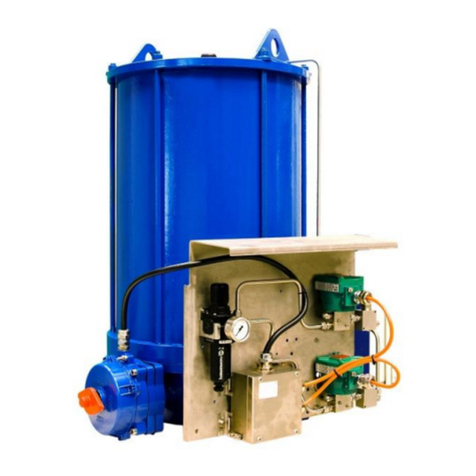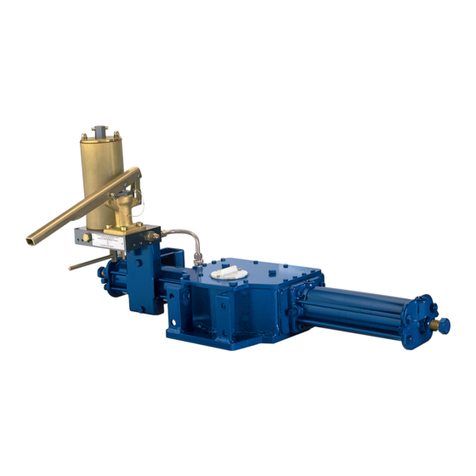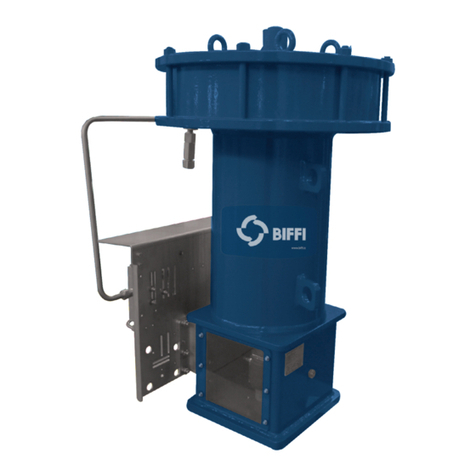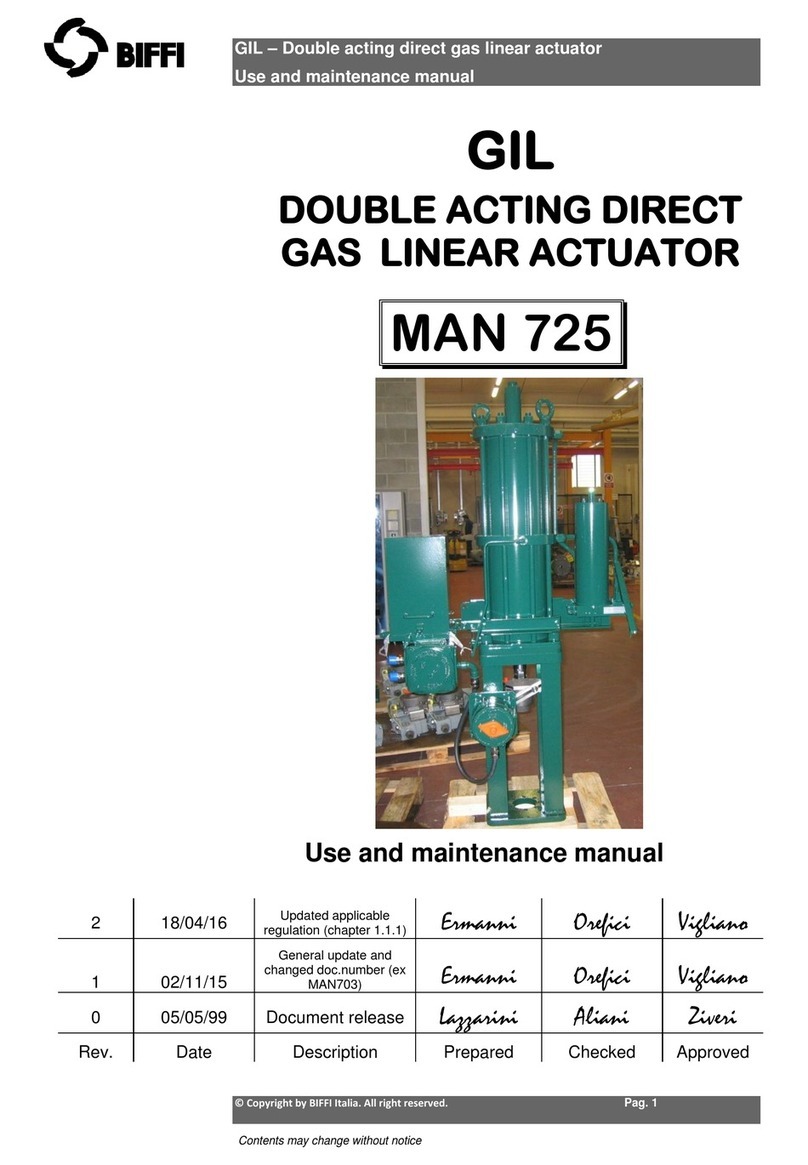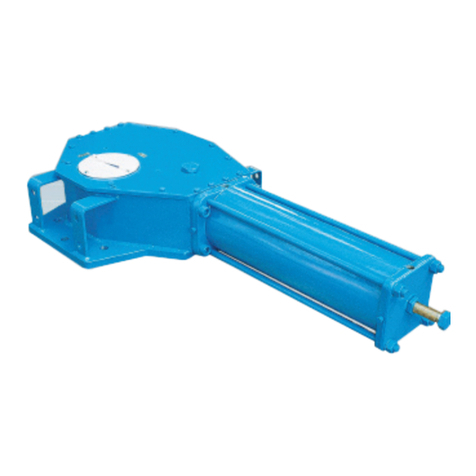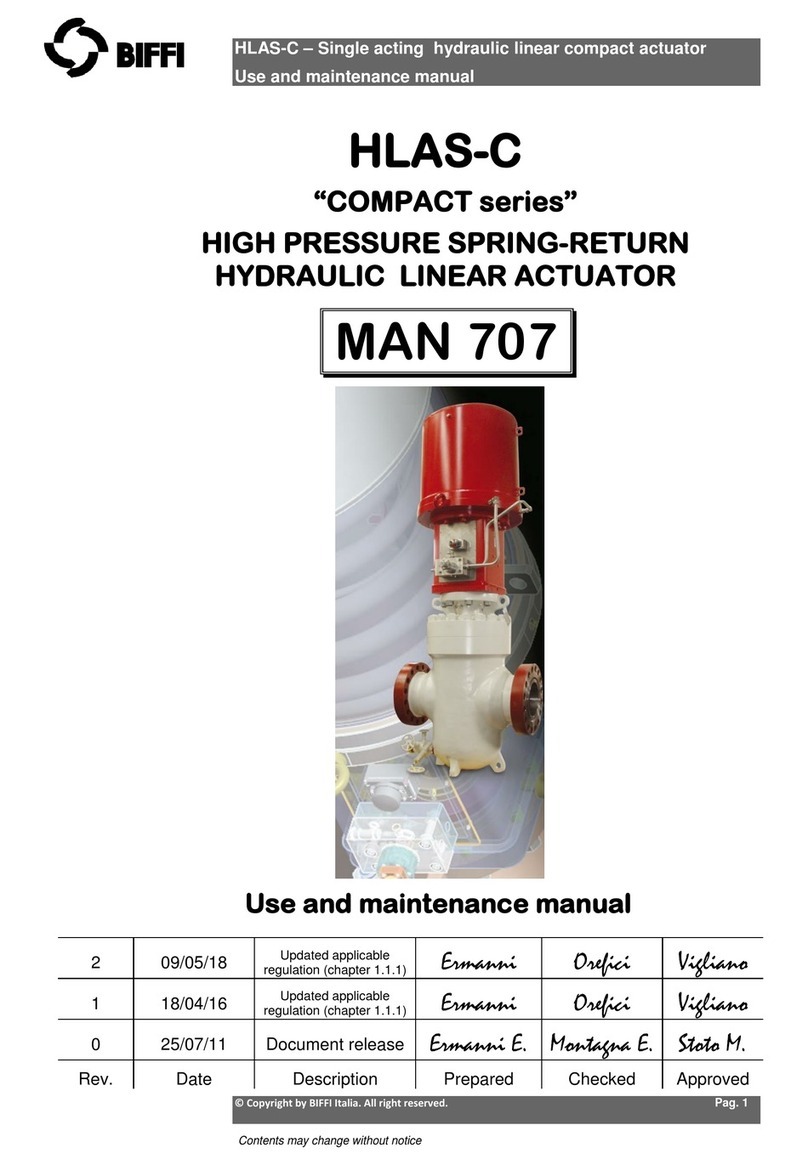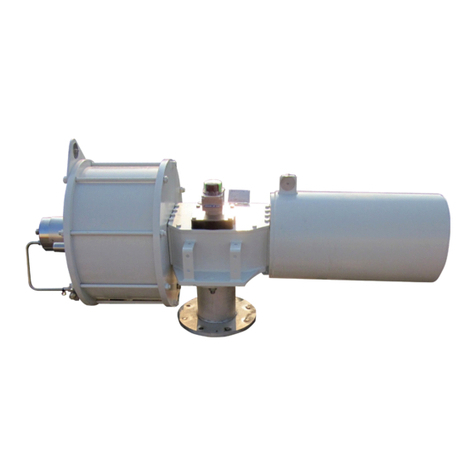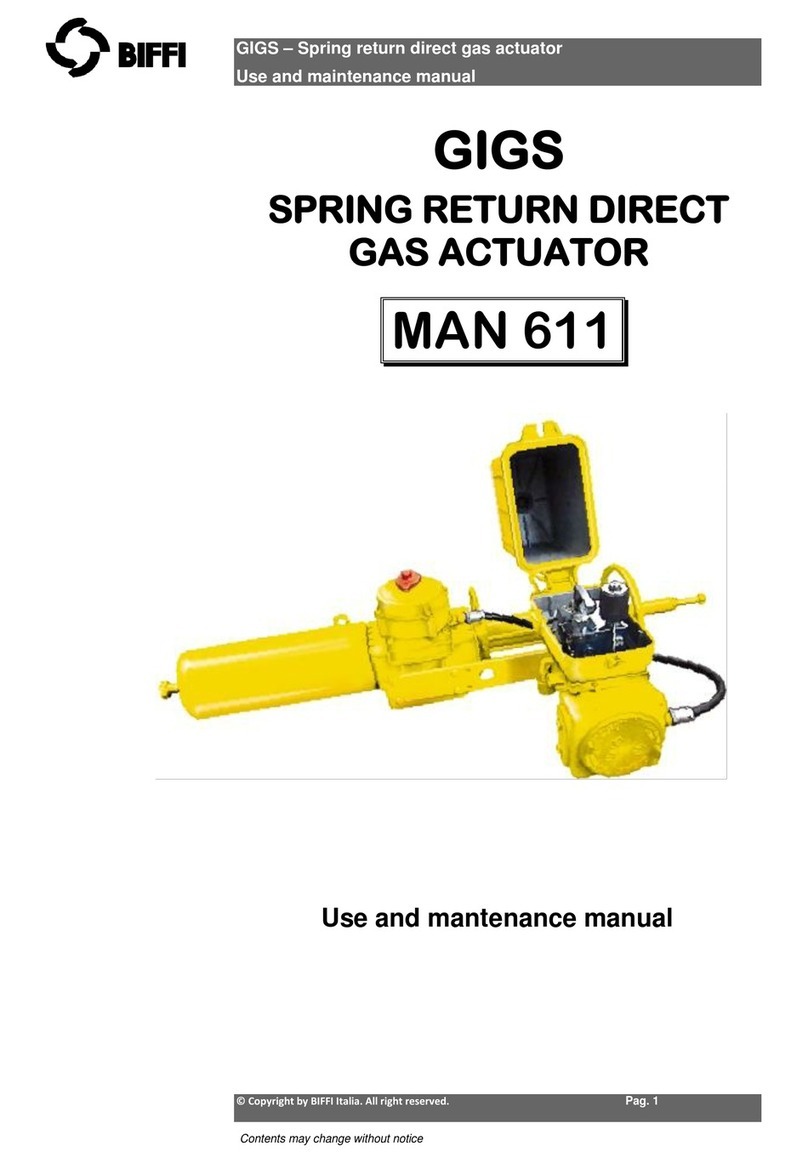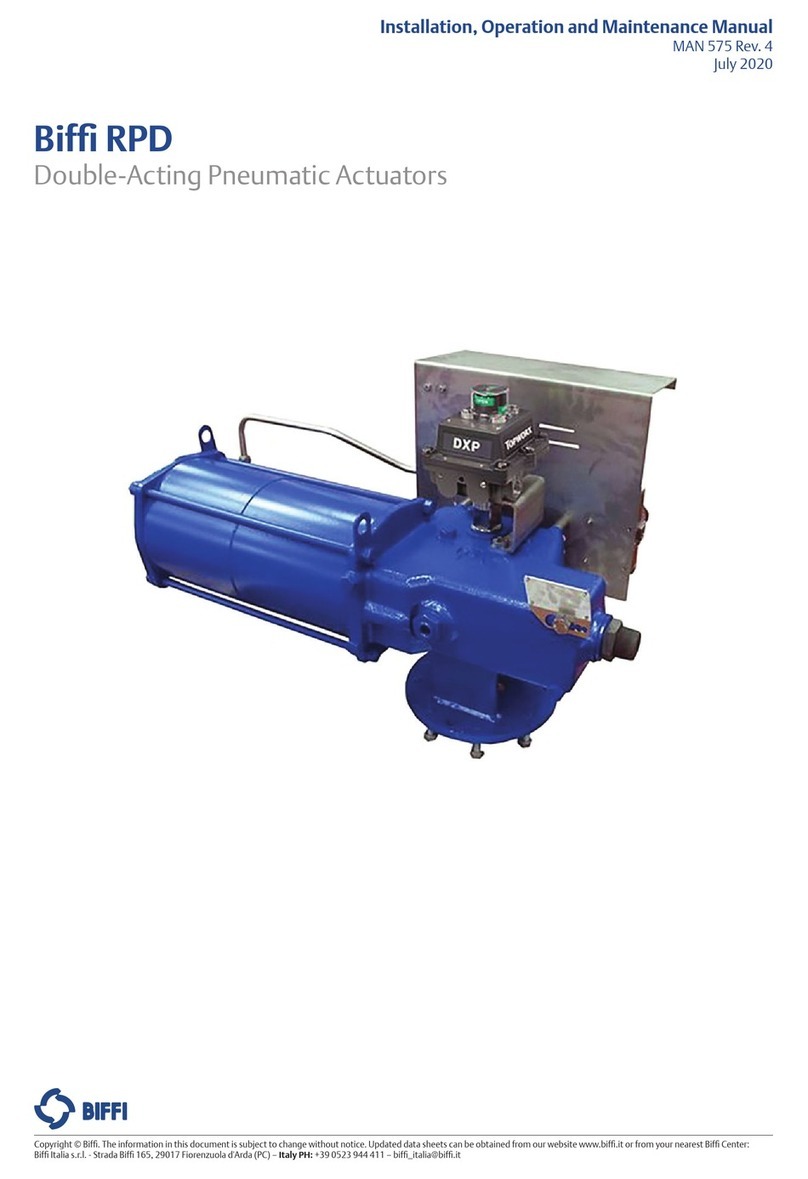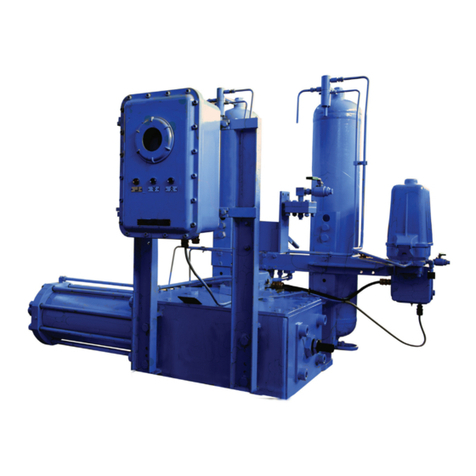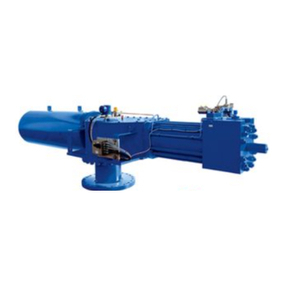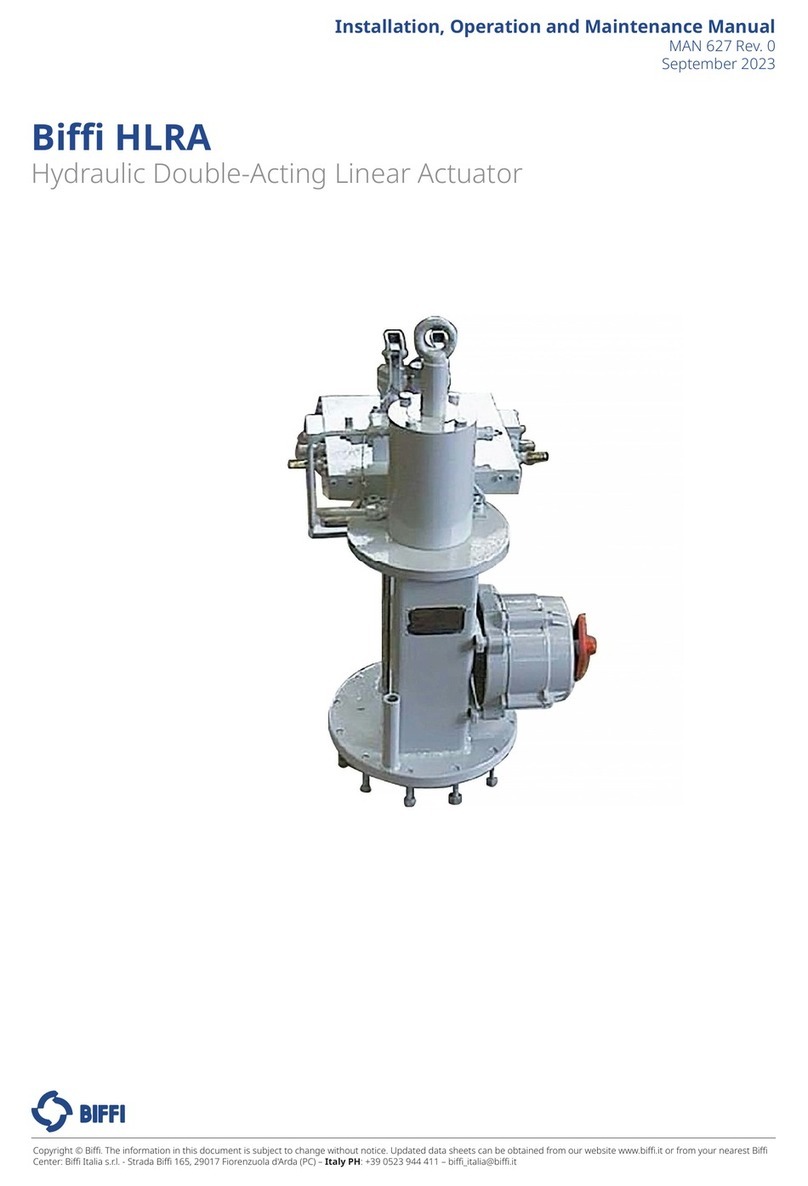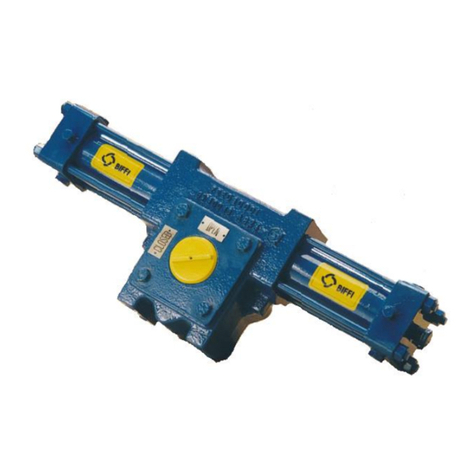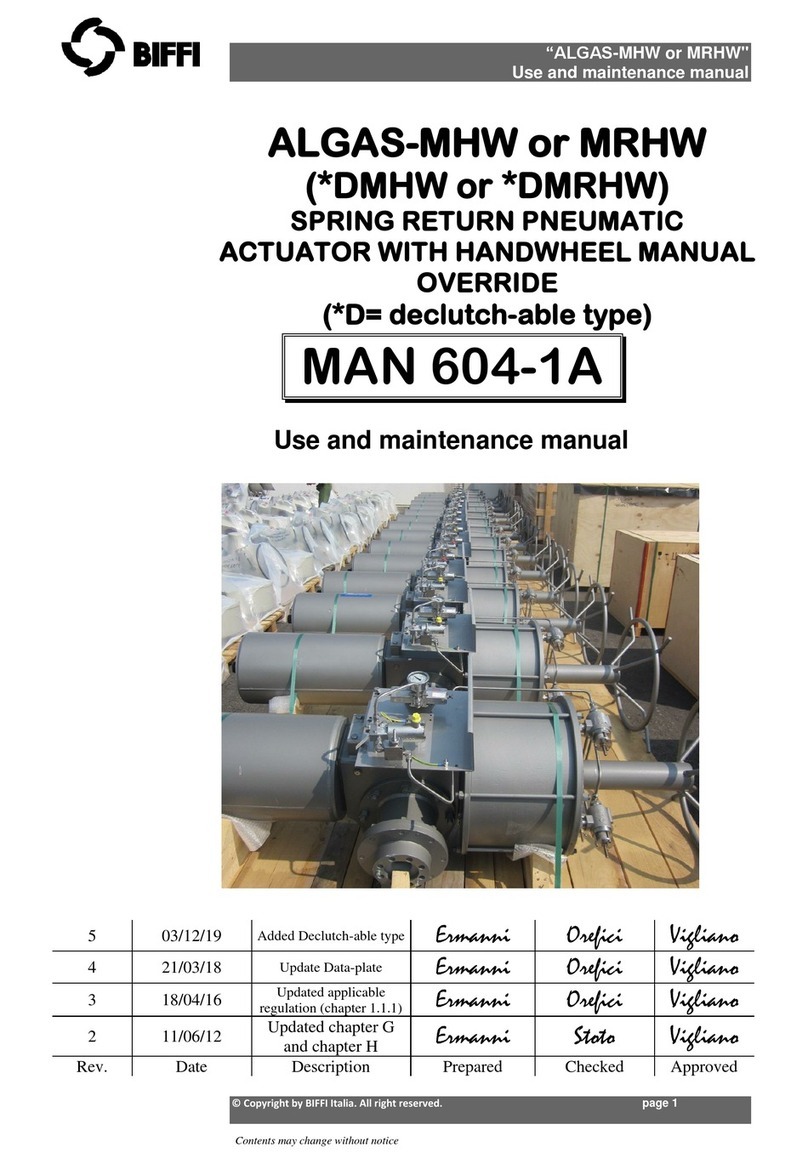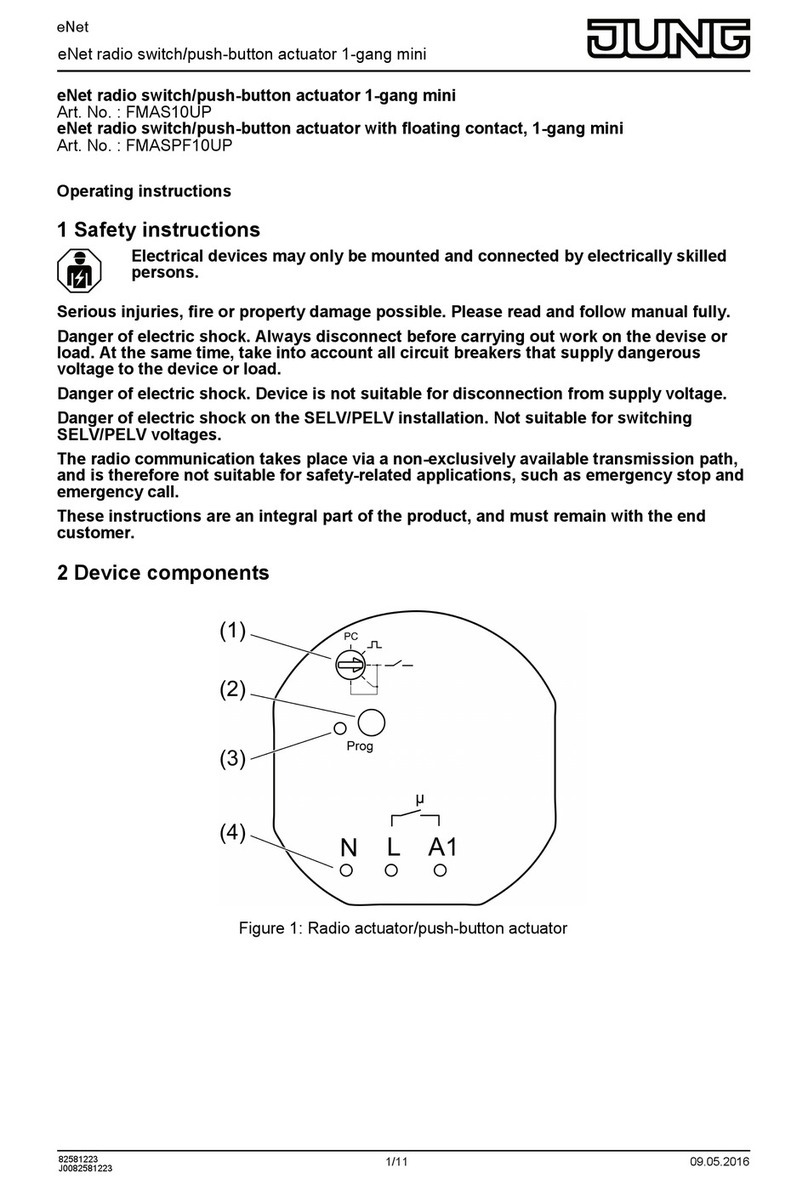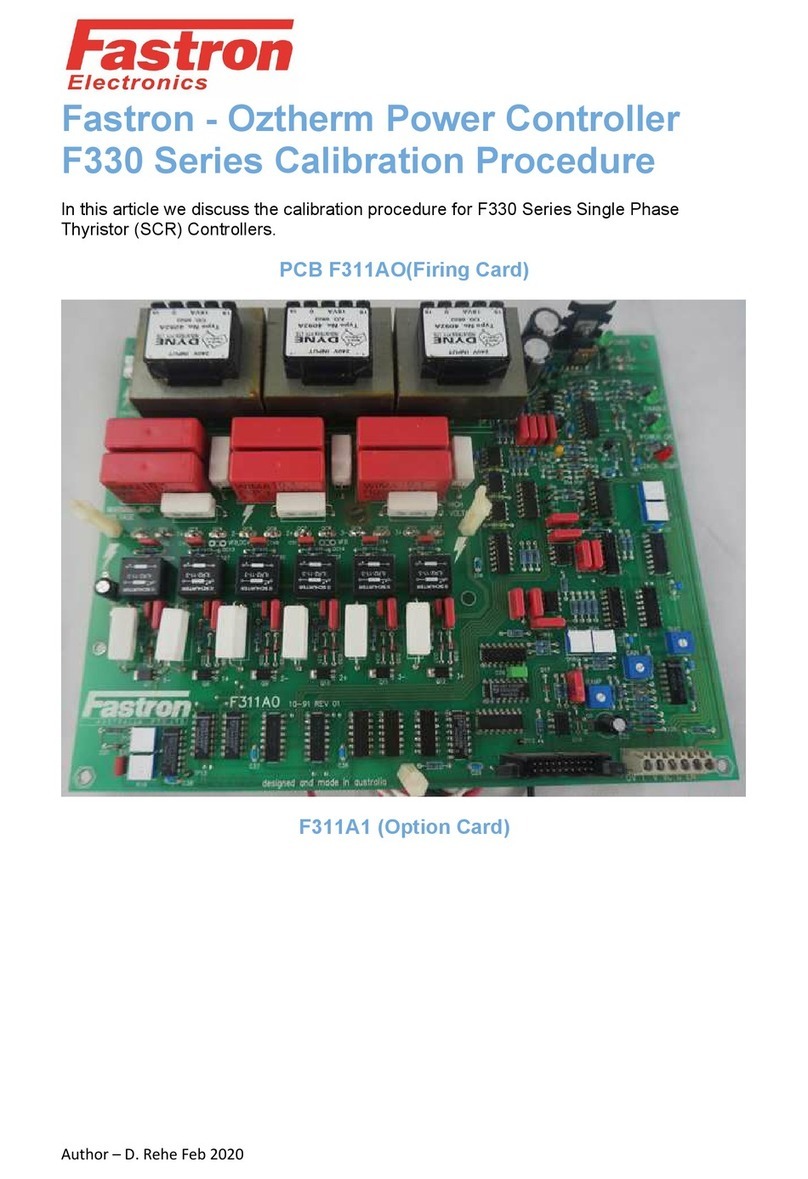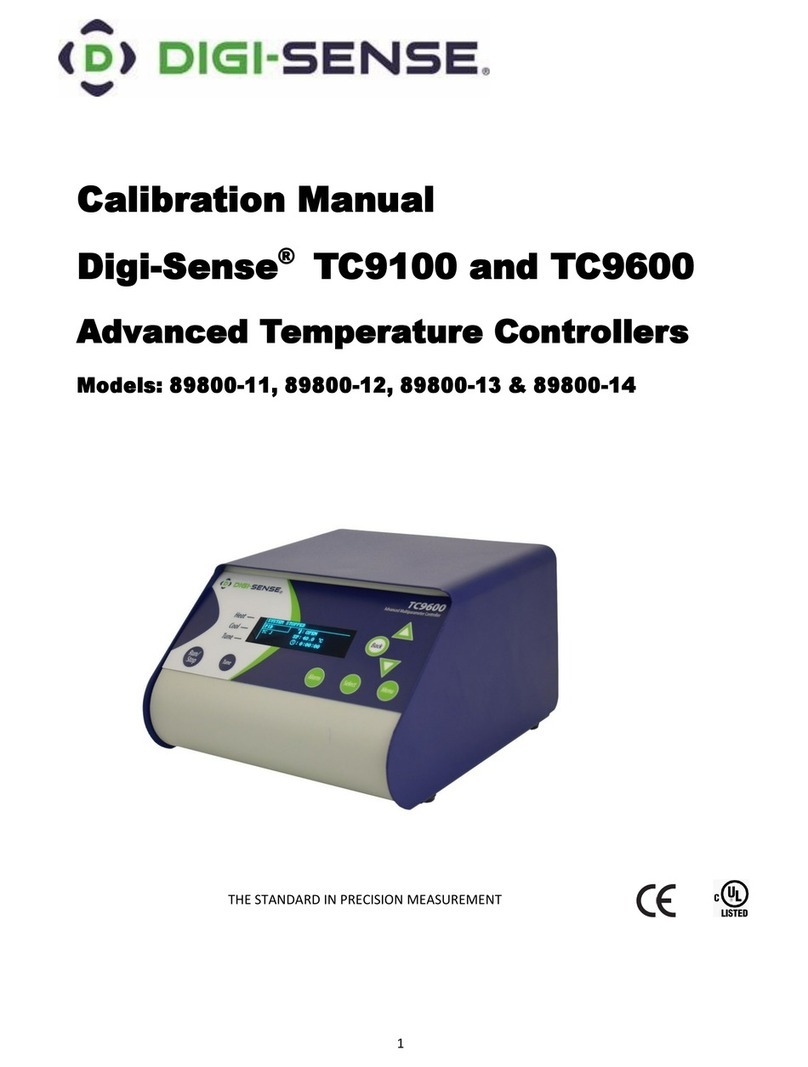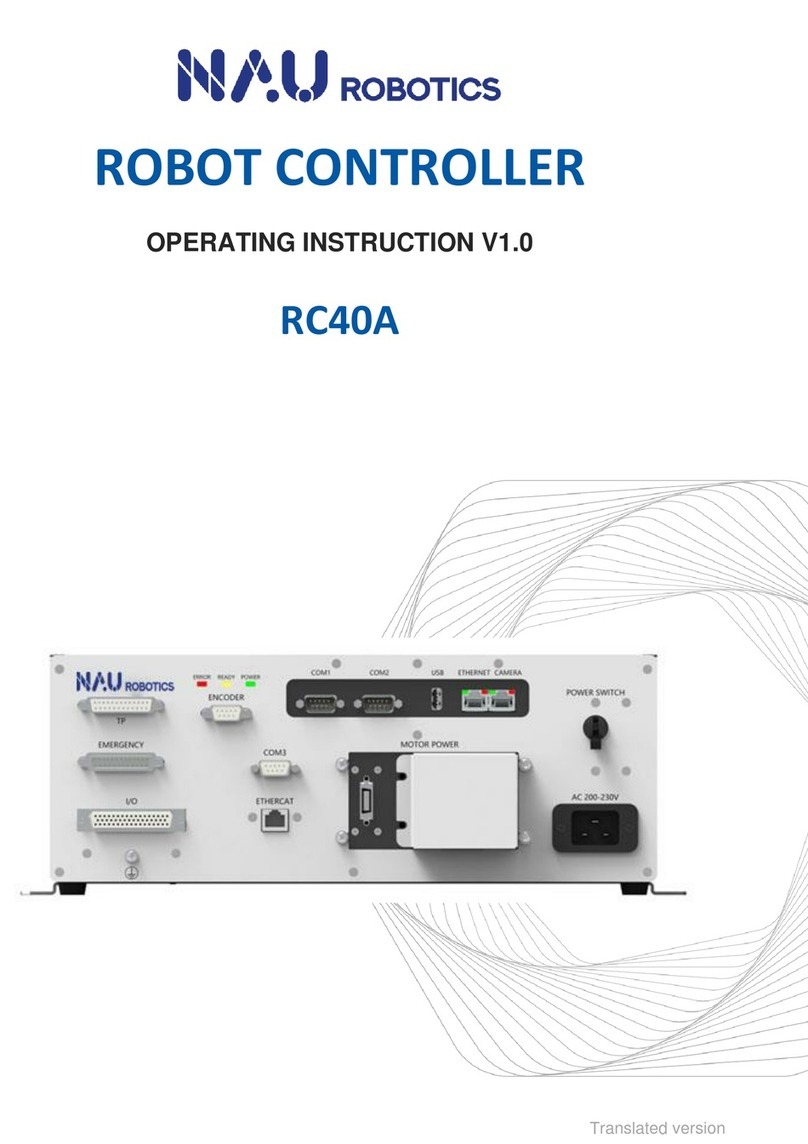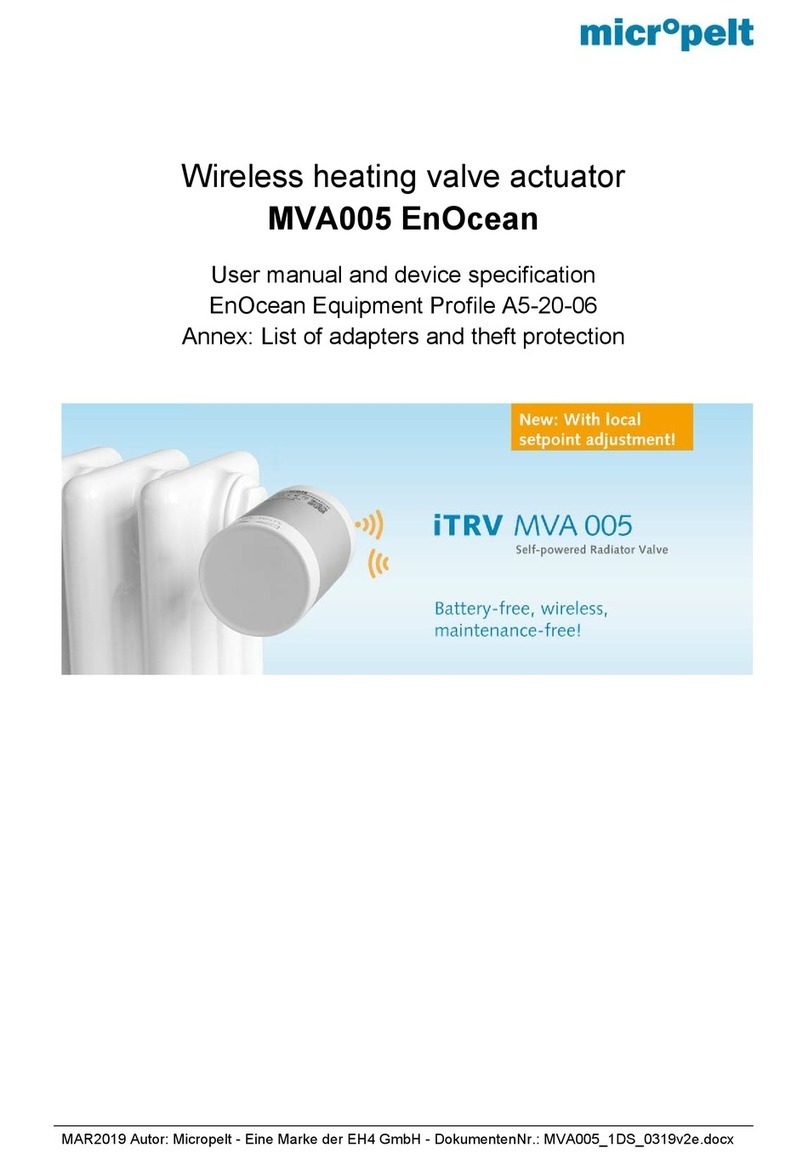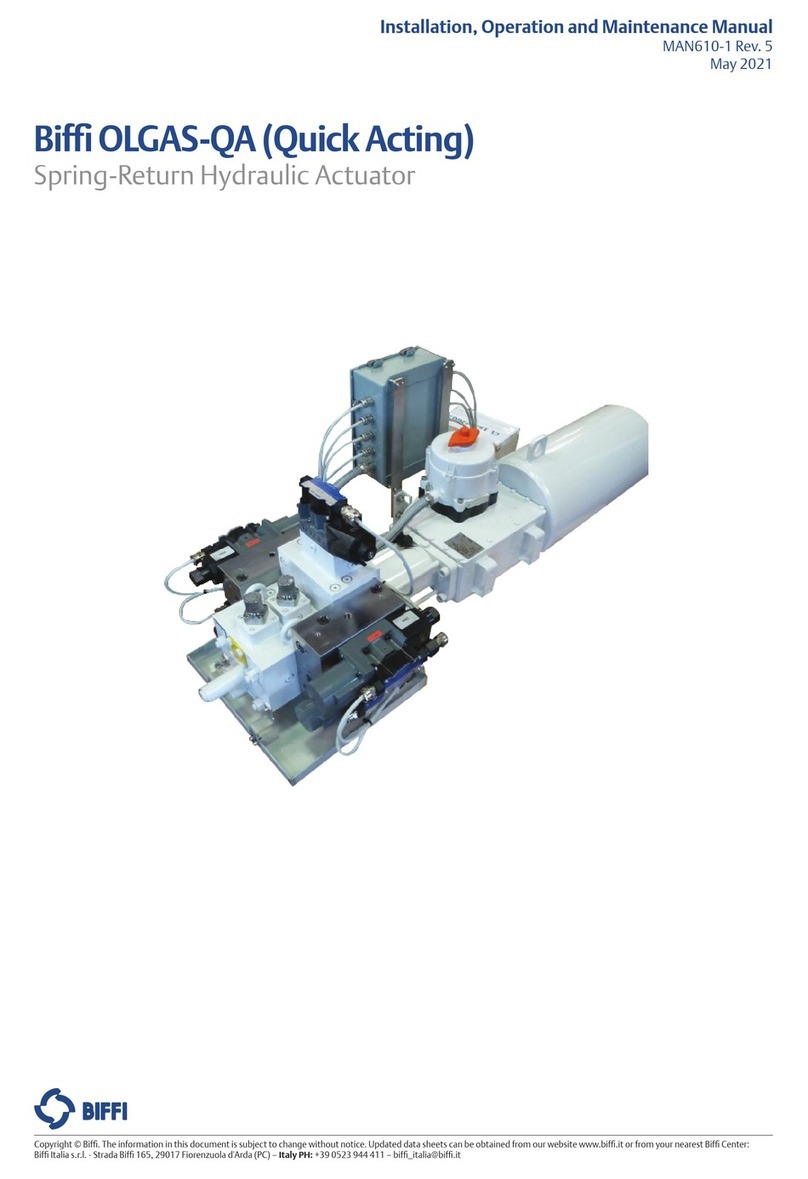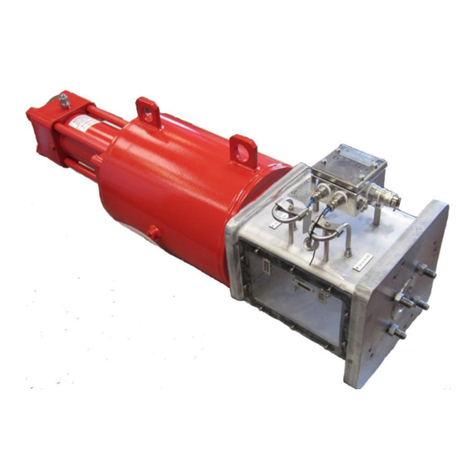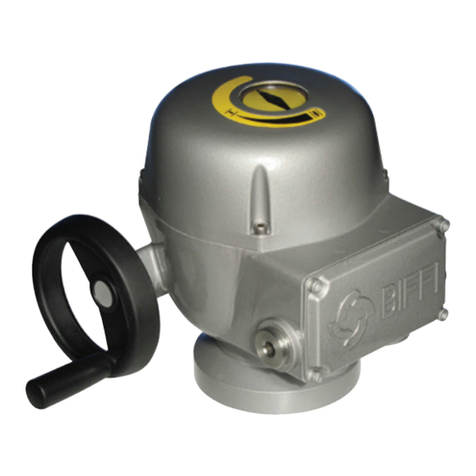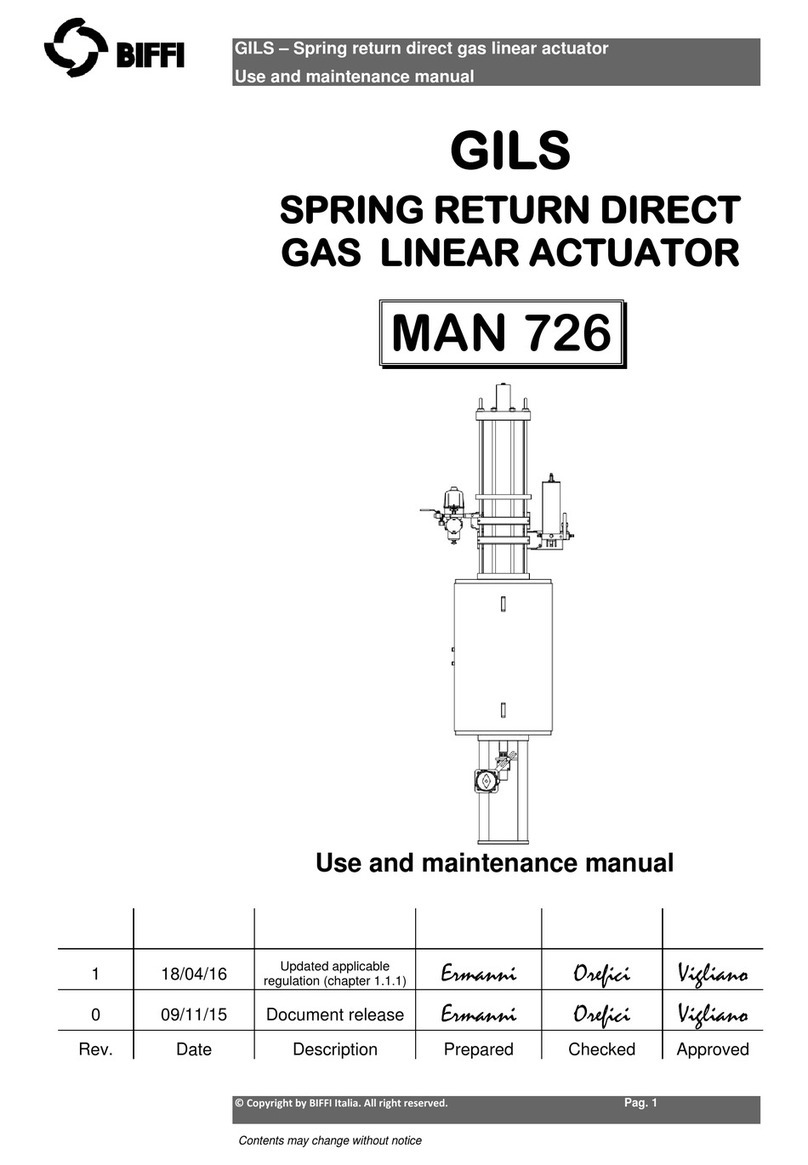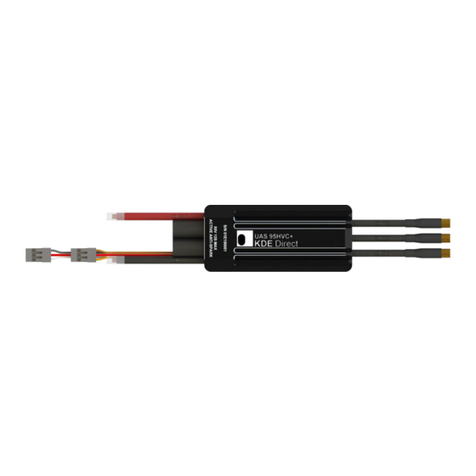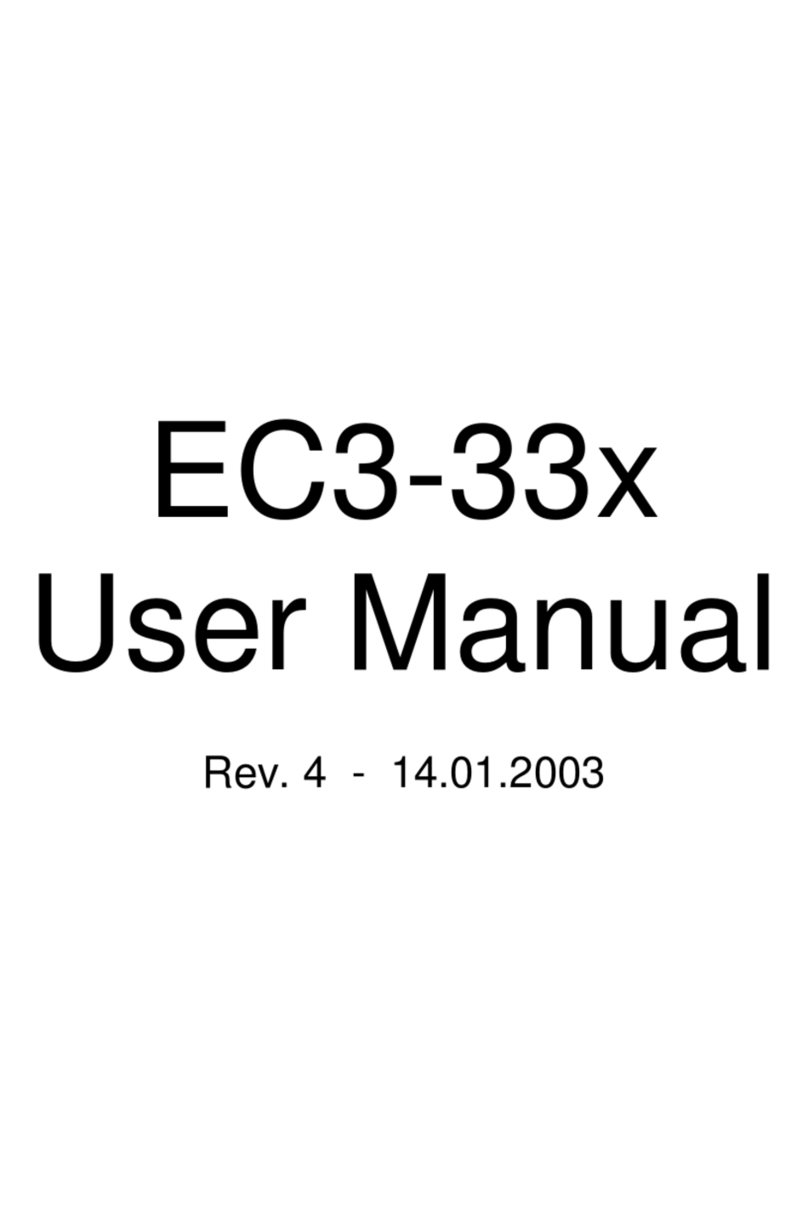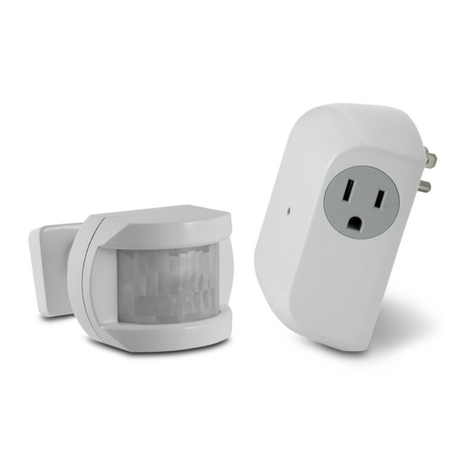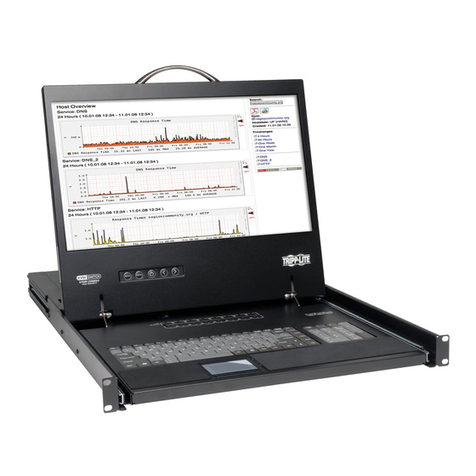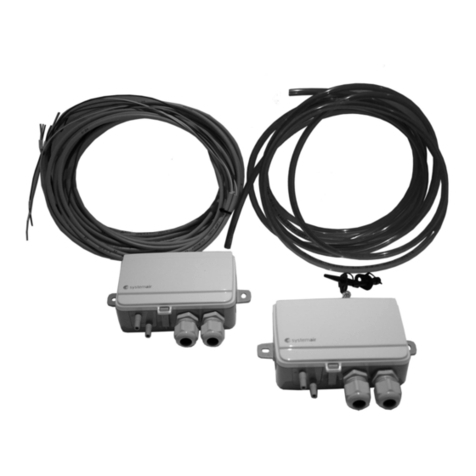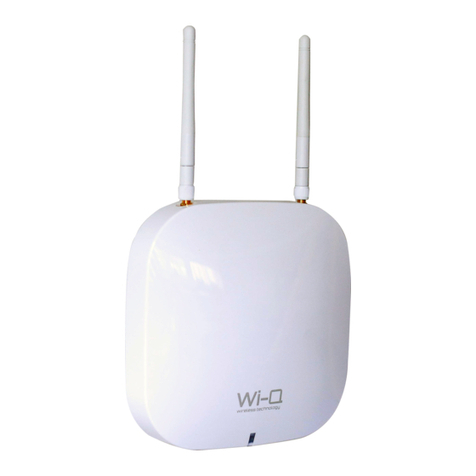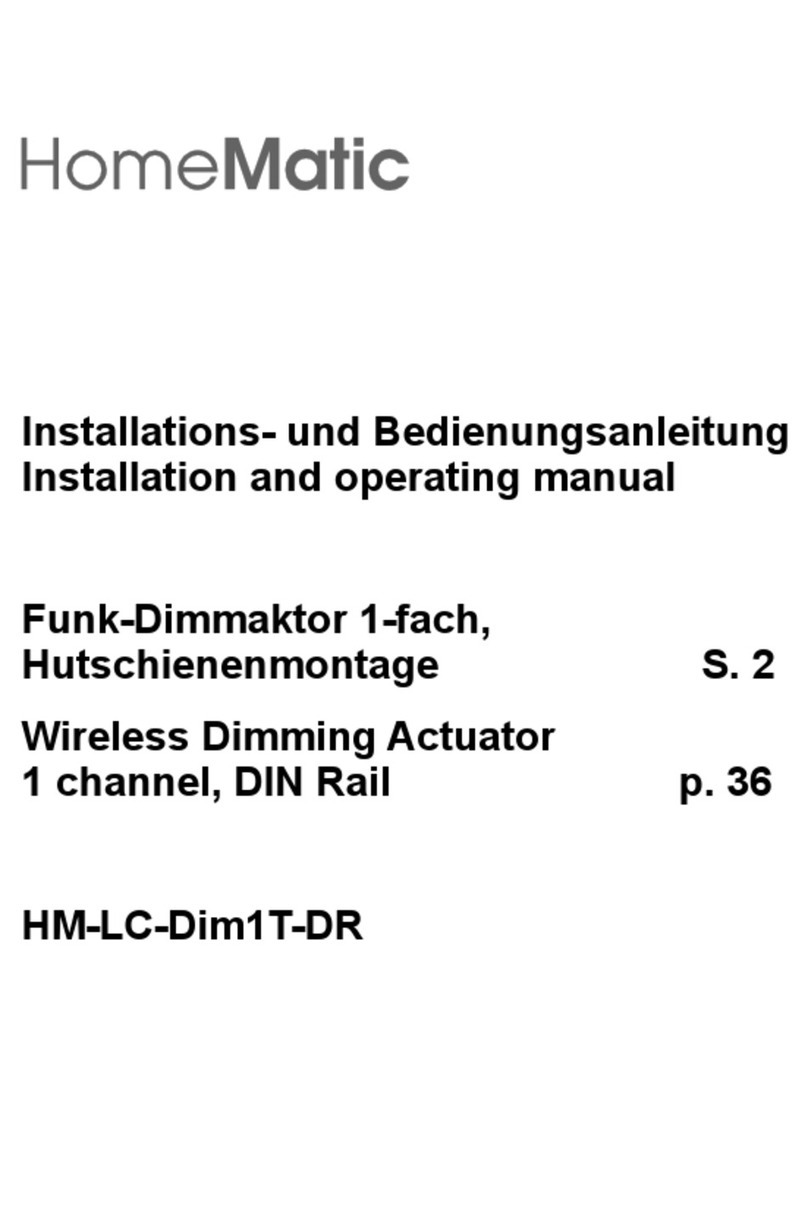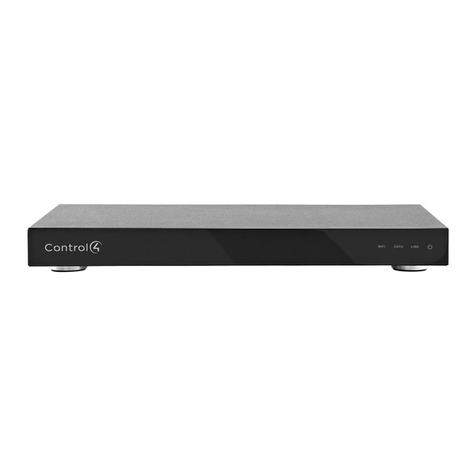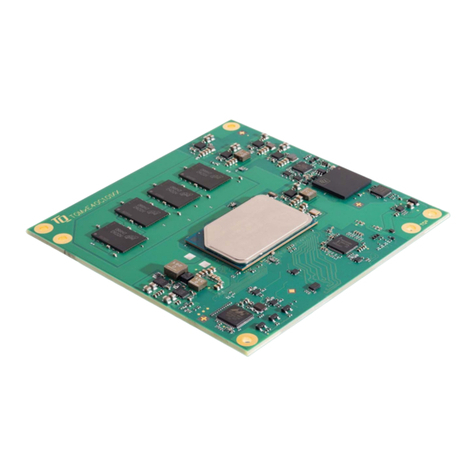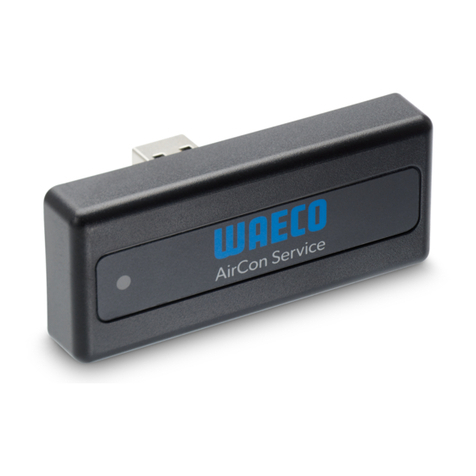
iii
Table of Contents
September 2021
Installation, Operation and Maintenance Manual
VCIOM-01249-EN Rev. 0
Table of Contents
9.2 Valve Data................................................................................................... 72
9.2.1 Sample Conguration Procedure...................................................... 73
9.3 Maintenance ............................................................................................... 73
9.3.1 Set Password .................................................................................... 74
9.3.2 Clear Alarm Log ............................................................................... 74
9.3.3 Set Torque Reference........................................................................ 74
9.3.4 Set Curve Reference ......................................................................... 75
9.3.5 Clear Recent Data Log....................................................................... 75
9.3.6 Set Maintenance Date ...................................................................... 76
9.3.7 Set Data Logger................................................................................ 77
9.4 Example of Set-Up Routine.......................................................................... 78
9.4.1 Torque Set-up................................................................................... 78
Section 10: View Routines
10.1 Actuator Set-Up .......................................................................................... 79
10.2 Nameplate .................................................................................................. 80
10.3 Valve Data................................................................................................... 81
10.4 Maintenance ............................................................................................... 81
10.4.1 Alarm Log......................................................................................... 81
10.4.2 Torque Prole................................................................................... 82
10.4.3 Torque Curve.................................................................................... 83
10.4.4 Operation Log .................................................................................. 84
10.4.5 Maintenance Date ............................................................................ 87
10.4.6 Data Logger...................................................................................... 87
10.5 Example of View Routine............................................................................. 91
10.5.1 View Torque Set-Up.......................................................................... 91
Section 11: Maintenance
11.1 Standard Maintenance ................................................................................ 92
11.2 Special Maintenance ................................................................................... 93
11.3 Lithium Battery Change .............................................................................. 94
Section 12: Troubleshooting
12.1 The Electronics Do Not Switch on When Powered ....................................... 98
12.2 DC Output Voltage Not Available at the Terminals....................................... 99
12.3 The Actuator Does Not Work from Remote Controls ................................... 99
12.4 The Motor Is Very Hot and Does Not Start ................................................. 100
12.5 The Motor Runs but the Actuator Does Not Move the Valve ...................... 100
12.6 The Valve Does Not Seat Correctly ............................................................ 100
12.7 Excessive Torque for Valve Operation ........................................................ 100
12.8 The Actuator Does Not Stop in Fully Open or Fully Closed Position............. 101
12.9 The Numeric Position Display Indicates “E01” ........................................... 101
12.10 Diagnostic Messages................................................................................. 101
Section 13: Parts List and Drawings
13.1 Introduction.............................................................................................. 105




















